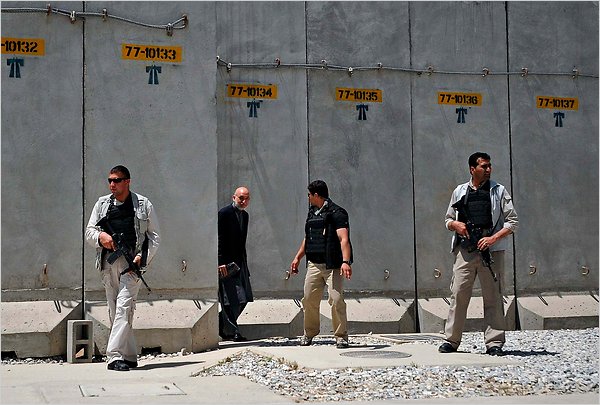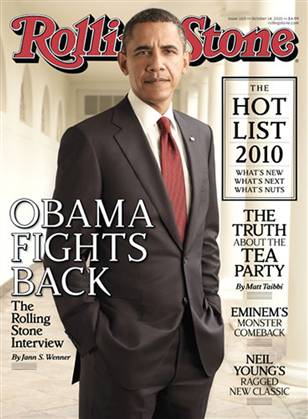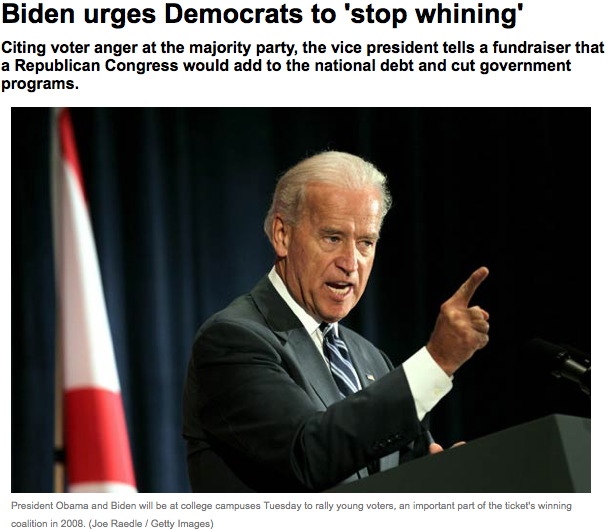Notes
State Power When the Center Should Not Hold
When state officials speak of “relocation,” a photograph can expose the squalor of the camp. Against claims of “national security” and “regional stability,” one can point to visual documentation of murder. Nonetheless, it also is important to consider how photography can identify basic forms of political power: forms and features of domination that otherwise might easily become hidden behind the particular identities and passions of specific conflicts.
This photograph is a case in point. According to the caption, “Israeli soldiers guard Jewish settlers as they walk down a closed street in the Palestinian territory during Sukkot celebration.” Nicely balanced reportage, that: “guard” implies that the settlers are likely victims of violence, while “closed street” can remind us that the Palestinian residents of the town will have been driven or prohibited from the area so that the settlers could walk to and from their religious service. You could almost say the report is fair and balanced. It also is ironic, as Sukkot commemorates a time when Jews lived in temporary dwellings, while the question of whose dwelling in the occupied territories is “temporary” is a very vexed issue.
The photo above both naturalizes and exposes a division of labor that is crucial to state power. We see both civilians who are unarmed, and soldiers who enact the state’s monopoly on violence. In a just, well-ordered, democratic state, that is a good contract. From that vantage, the ubiquitous images of Palestinians throwing stones or carrying weapons while still in street clothes imply immediate illegitimacy; no wonder that the US rarely sees images of settlers carrying arms, as some do. In the photograph above, the settlers appear merely as citizens exercising their basic right to walk unarmed and unharmed in public. The soldiers are merely guarding, not inflicting violence on others. The degraded, graffiti-smeared buildings are just there, ominous signs of danger that make the soldiers appear all the more appropriate rather than one cause of the poverty.
Hebron is home to about 163,000 Palestinians and roughly 800 Jewish settlers. In the sector where the settlers live, Palestinian movement is highly restricted, whereas the settlers can move anywhere and have some streets reserved solely for their use. According to a report in the Washington Post, “Shuhada Street, the principal thoroughfare [in the H2 sector], is well-paved thanks to multimillion-dollar renovations funded by the United States, but empty of Palestinian pedestrians and Palestinian vehicles. . . . In some areas near the settlements, Palestinians cannot walk unless they are residents or visit unless they have a special permit from the Israeli army.” In short, the “closed street” shown in the photograph is just one example of a much larger state practice for controlling the territory and degrading the well-being of a captive population. Thus, although no Palestinians are in the picture, it is precisely because no Palestinians are in the picture that the photograph is another witness to the practice of domination in everyday life.
And so a seemingly innocuous photograph suggesting the likelihood of violence against the Jewish settlers also exposes some of the means and effects of Israel’s military occupation of Palestinian territory. The soldiers in the photograph are one small part of a vast apparatus of restriction, deprivation, intimidation, and outright violence. Of course, the settlers are likely to be risking violence, but the same can be said of anyone who breaks into a house. And to get the full implication of how the photograph exposes a practice of domination, one might compare it with this image.
Here Hamid Karzai is accompanied by his armed guards while visiting an American military base in Afghanistan. Apparently Karzai isn’t safe anywhere. Once again, a civilian is cordoned by his protectors as he walks through an environment marked by the signage of another slow war. Although protected by concrete blast shields and his guard, Karzai still looks wary, as if looking for a potential assassin. Contrast his stance with the casual demeanor of the settlers, and you can see how confident they are of IDF protection. And because Karzai’s mercenaries are wearing their preferred uniform of street clothes and Kevlar vests, his legitimacy appears shakier still.
But despite their differences, both photographs reveal the same, sad reality: no amount of military force on the periphery can compensate for injustice or corruption at the center of the state. If the regime is legitimate and just, it will still need military protection. But Karzai’s regime is not legitimate, and Israel’s occupation is not just, and force, no matter how effective, can only protect, not change moral failure.
Photographs by Mamoun Wazwaz/Xinhua/ZUMApress.com and Massoud Hossaini/pool photo.
The gesture is so small as to risk insult, but this post is dedicated to Ariella Azoulay, author of The Civil Contract of Photography, who very recently has been denied tenure at Bar-Ilan University for reasons that can only be construed as shameful–and shameless.



Reactions
Comments Powered by Disqus